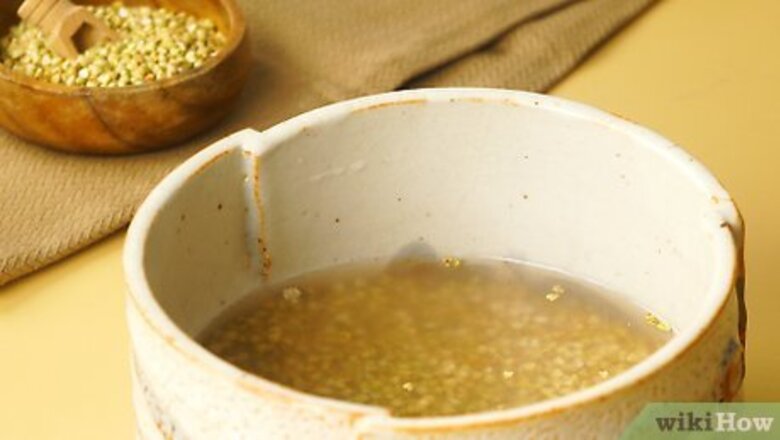
views
Boiling Basic Buckwheat
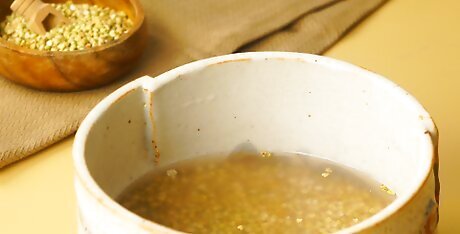
Rinse the buckwheat. Transfer the buckwheat to a small bowl and cover it with water. Use your hand to swish the buckwheat around in the water. This will loosen any debris, dust, or plant matter. Skim off any debris or broken pieces that float to the top. Transfer the buckwheat to a fine-mesh strainer to drain the water. Washing will help to produce a fluffy buckwheat that also holds its shape.
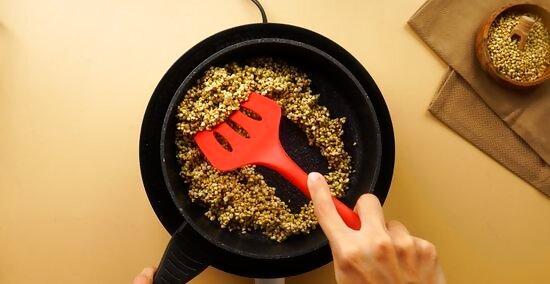
Toast raw buckwheat for about 5 minutes. Place the washed buckwheat in a dry skillet or frying pan and heat it over medium heat. Continue cooking the buckwheat for 4 to 5 minutes, stirring constantly, until it’s golden brown. Remove the skillet from the heat. Toasting brings out the flavor of the buckwheat and gives it a nutty aroma. Toasted buckwheat is referred to as kasha. If your buckwheat has already been toasted, you don’t have to toast it again. Raw buckwheat doesn’t smell, and is a light brown or greenish color instead of golden brown.
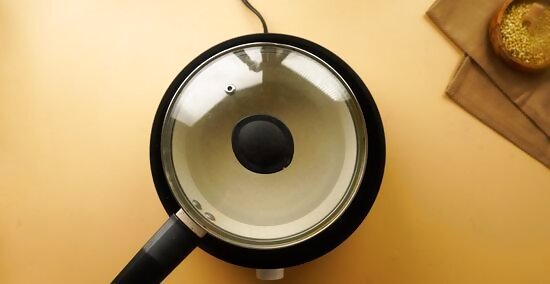
Boil the water and salt. Transfer the water to a saucepan and add the salt. Put on the lid and heat the water over medium heat to bring it to a boil. When you add the buckwheat to boiling water instead of cold water, it will help to steam it as well as boil it.
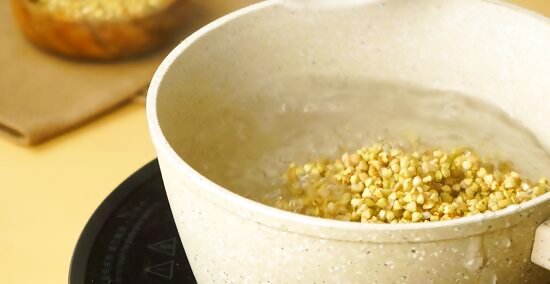
Simmer the buckwheat for 15 minutes. When the water is boiling, remove the lid from the saucepan and add the buckwheat. Bring the water back to a boil and then reduce the heat to low. Cover the pot and continue simmering the buckwheat for 15 minutes. You don’t need to stir the buckwheat as it simmers.
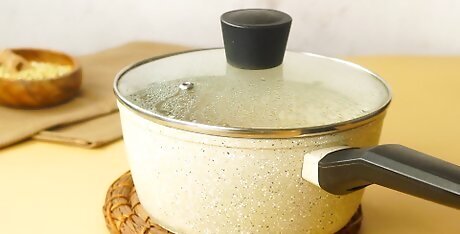
Let the buckwheat stand for 15 minutes. When the buckwheat has been simmering for 15 minutes, remove it from the heat. Leave the lid on and let the buckwheat sit for a quarter of an hour. This will give the buckwheat time to absorb any additional water that’s still in the pot without becoming mushy.
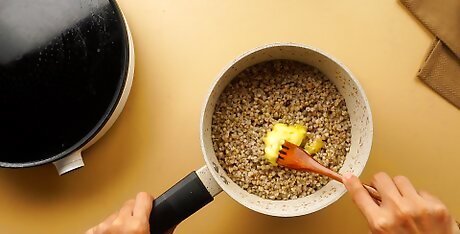
Add the butter and fluff the buckwheat. Remove the lid and add the butter to the buckwheat. When the butter has melted, stir the buckwheat gently with a fork. This will remove clumps and separate the individual seeds, giving the buckwheat a lighter texture. You can also use ghee, margarine, or even your favorite cooking oil in place of the butter.
Using Cooked Buckwheat
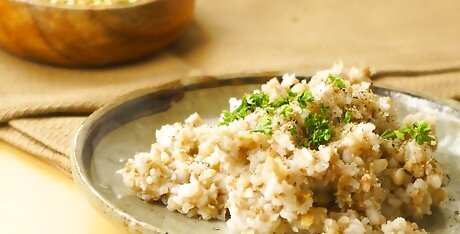
Enjoy it on its own. Plain buckwheat is delicious and nutritious all by itself, either as a basic meal or as a side dish. To spice up plain cooked buckwheat, consider adding your favorite herbs, spices, and seasonings, such as: Salt and pepper Garlic or onion powder Cumin Cardamom Fresh herbs such as parsley or cilantro
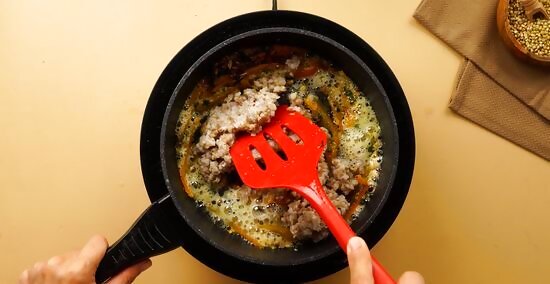
Stir fry it with vegetables. Heat 1 tablespoon (15 ml) of cooking oil in a wok or large skillet. Cut 4 bell peppers into strips and add them to the wok. Stir fry the peppers for about 5 minutes, until golden brown. Add 4 cloves of minced garlic and 1 bunch of finely chopped kale. Cook the mixture for another 5 minutes. Add the cooked buckwheat and another 2 tablespoons (30 ml) of oil. Stir to incorporate all the ingredients. Before serving, garnish the stir fry with salt and pepper, to taste, homemade or store-bought marinated artichoke hearts, and a handful of chopped basil.
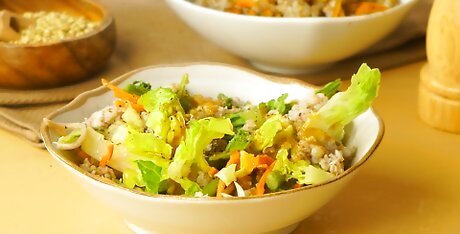
Cool it and toss it into a salad. Set the cooked buckwheat aside to cool for about 30 minutes, and then transfer it to the refrigerator to chill for another 30 minutes. When the buckwheat is cold, toss it together in a bowl with any of your favorite vegetables and a simple dressing. For a sample salad recipe, combine in a large bowl: 1 small cucumber, diced 12 olives, sliced 1 small bell pepper, diced 1 small head of chopped broccoli florets Half a small onion, sliced thinly Handful of chopped almonds or walnuts ½ cup (12.5 g) fresh dill, minced 2 tablespoons (3 g) fresh mint, minced 2 tablespoons (30 ml) fresh lime juice 2 tablespoons (30 ml) wine vinegar 1 tablespoon (15 ml) olive oil Salt and pepper, to taste
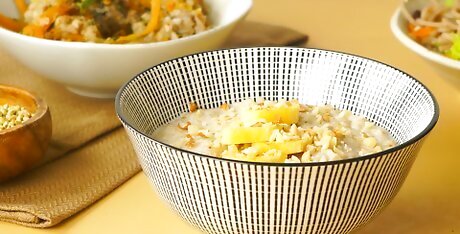
Make a breakfast meal by adding fruit and spices. Transfer the cooked buckwheat to a saucepan and add 1 cup (235 ml) of dairy, almond, soy, or coconut milk. Bring the mixture to a boil and remove the pan from the heat. Add 3 tablespoons (44 ml) of maple syrup, 1 teaspoon (4.9 ml) of vanilla, and a pinch each of ginger, cinnamon, nutmeg, or any other spices if you like. You can also top the porridge with fruit and nuts, such as: Strawberries, raspberries, or blueberries Sliced banana Raisins Dried currants Nut butters Chopped almonds, pistachios, or walnut
Finding Other Ways to Cook Buckwheat

Use buckwheat flour to make pancakes. Buckwheat pancakes are very similar to regular pancakes, with the main difference being that you use buckwheat flour instead of wheat flour. When the pancakes are cooked, you can garnish them as you would regular pancakes, with toppings such as: Butter Maple syrup Nuts Fruit
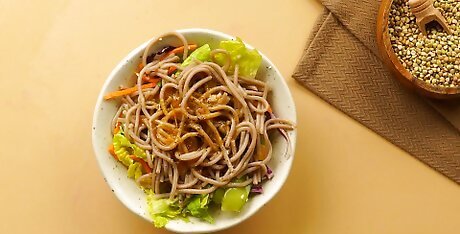
Make your own soba noodles. Soba noodles are made from buckwheat flour, and they're often used in Japanese cooking. You can make homemade noodles by making a dough from buckwheat flour, wheat flour, and water. Once the noodles have been cut, you can boil them like you would regular noodles and serve them with meat, vegetables, stir fries, and other dishes.











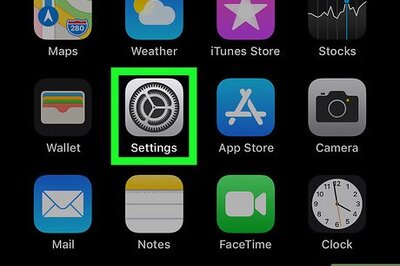




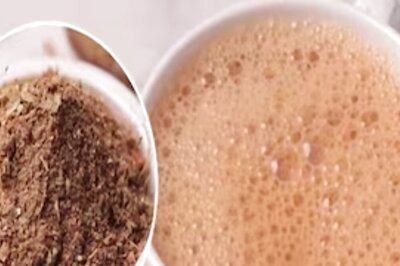



Comments
0 comment